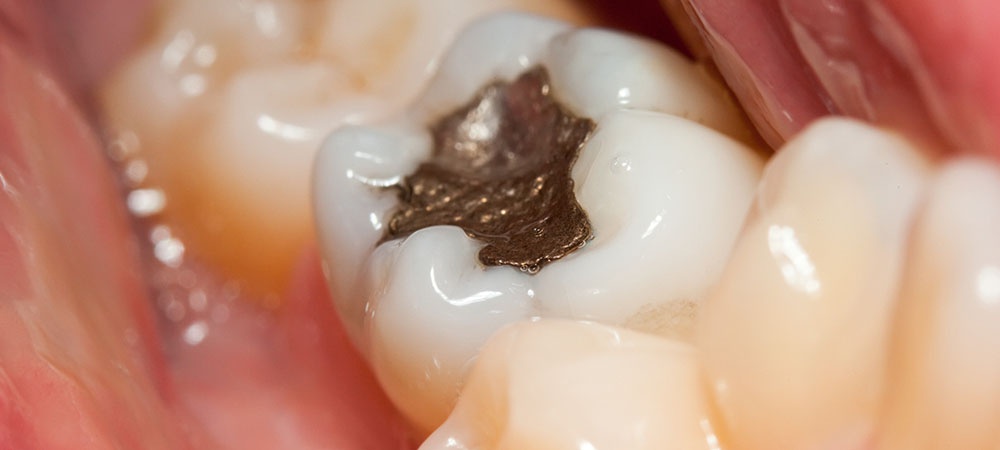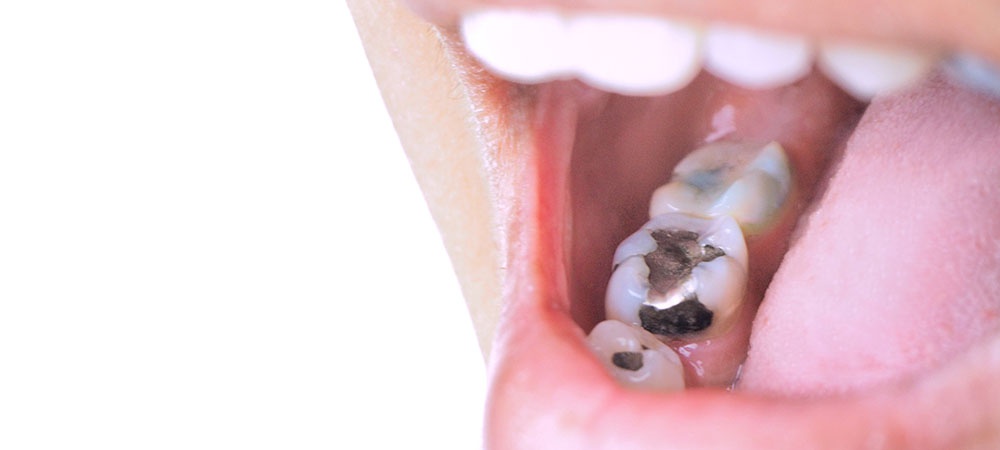Visiting the dentist for a dental filling isn’t something most of us look forward to, but understanding the range of options available may make the process less intimidating.
Dental fillings have come a long way since the days of metal amalgams. Now, there are three primary materials used: composite resins, ceramics, and metal alloys like gold, silver and amalgams, each with its advantages and disadvantages.
This post will explore these three types of dental fillings in greater detail. We’ll explore the cost of each type of dental filling and make price comparisons before your next appointment at the dentist.
Overview of Different Types of Dental Fillings
Dental fillings are a common dental procedure that helps restore damaged teeth. Amalgam fillings are the traditional silver fillings which have been in use for over a hundred years. They are highly durable and can withstand the forces of chewing, but they are visible and contain small amounts of mercury.
Composite fillings comprise a tooth-coloured resin that blends in with natural teeth but are not as durable as amalgam fillings. Ceramic fillings are made of porcelain and are highly resistant to stains, but they are the most expensive type of filling.
Lastly, gold fillings are highly durable and can last up to 20 years. Gold dental fillings are also the most expensive and require multiple visits to the dentist. Understanding the different types of dental fillings can help patients make informed decisions about their dental care.
Related Article: Dental Fillings: Types, Materials, and Costs
Pros and Cons of Metal Fillings
Metal dental fillings have been used for decades to repair damaged teeth. While they’re a popular choice for their longevity and strength, they also have a few drawbacks.
One advantage of metal fillings is their durability. They can withstand intense pressure and last for many years without requiring replacement. However, they are not the most aesthetically pleasing option, as they are visible when you smile or speak.
Another concern is that metal fillings contain mercury, posing health risks for some individuals. Additionally, they can conduct heat and cold, which may cause discomfort in some patients.
While metal fillings may have advantages, it’s important to weigh these against potential drawbacks before deciding if they’re the right choice for your dental needs.
Benefits and Drawbacks of Composite Fillings
Composite fillings offer both benefits and drawbacks in the field of dentistry. On one hand, composite fillings are tooth-coloured, making them a popular choice among patients who prefer a natural look for their teeth. They are also more conservative than traditional amalgam fillings, as less drilling is required to remove decay and prepare the tooth for filling.
On the other hand, composite fillings are generally less durable than amalgam fillings and may need to be replaced more frequently. Additionally, composite fillings are more expensive than amalgam fillings, making them less accessible for some patients.
Overall, composite fillings offer a viable option for patients seeking a natural-looking filling, but it’s important to weigh the benefits and drawbacks before deciding.
Advantages and Disadvantages of Ceramic Fillings
When it comes to dental fillings, ceramic options have become increasingly popular in recent years. One of the biggest advantages of ceramic fillings is their natural look, as your dentist can customize them to match the colour of surrounding teeth. Additionally, ceramic fillings are highly resistant to staining and can last many years.
However, ceramic fillings are also typically more expensive than traditional metal fillings and require an experienced dentist to place them properly. Furthermore, there may be better options for larger cavities or those in high-pressure areas, as ceramic fillings can be brittle and may crack or break under pressure.
As with any dental procedure, it’s important to weigh the pros and cons with the guidance of a dental professional.
Cost Comparison for Each Filling Type
Each filling type offers its strengths and weaknesses, with different price points to match. For example, amalgam fillings are known for their affordability, but they also contain mercury which has sparked some health-related controversy in recent years.
Ceramic and gold fillings are the most expensive options, but they also offer superior durability and longevity. Composite fillings, on the other hand, are made of tooth-coloured material and are much less noticeable than amalgam, but they come with a higher price tag.
Ultimately, choosing the right filling type involves balancing cost and value. You should also consult your dentist for personalized recommendations based on your unique dental needs.
Here is a table of general cost comparison of the average cost of dental fillings:
| Material | Average Cost (CAD) |
| Metal | $150 – $300 |
| Composite | $250 – $1000 |
| Ceramic | $250 – $4,500 |
What to Consider Before Choosing a Filling Material
When it comes to dental work, choosing the right filling material is crucial for the health and longevity of your teeth. Before making a decision, there are a few factors to consider.
The location and size of the cavity will determine which filling material is best suited for the job. Your budget and insurance coverage will impact your options. And finally, your personal preferences and concerns should be taken into account, such as allergies or sensitivities. Discussing these considerations with your dentist to ensure you make an informed decision is important.
You’ll want to consider several factors before deciding on what filling material will be best for you, such as the cost, durability and aesthetics of each type.
- Metal fillings are the most economical option
- Composite fillings are the most aesthetically pleasing solution.
- Ceramic fillings offer long-term durability while being more aesthetically appealing than metal fillings. However, they are usually the most expensive option.
Related Article: What are the Costs of Cavity Filling, and Why is it Important to Know?
Choose Cost Effective Dental Fillings
The best dental filling for you meets your price point and satisfies individual needs of comfort and aesthetics. No matter which kind you choose, be sure you understand any possible risks of using a material before selecting one for your dental filling.
With great advances in both cost-effectiveness and aesthetics in each option, choosing the right kind of dental filling for your needs has never been simpler. And our dental team at Lockwood Clinic can make the choice easier for you.
We’ll discuss your dental filling needs and select the best material for your price point. Call us via 416 640-6400 to speak to our dental team.







